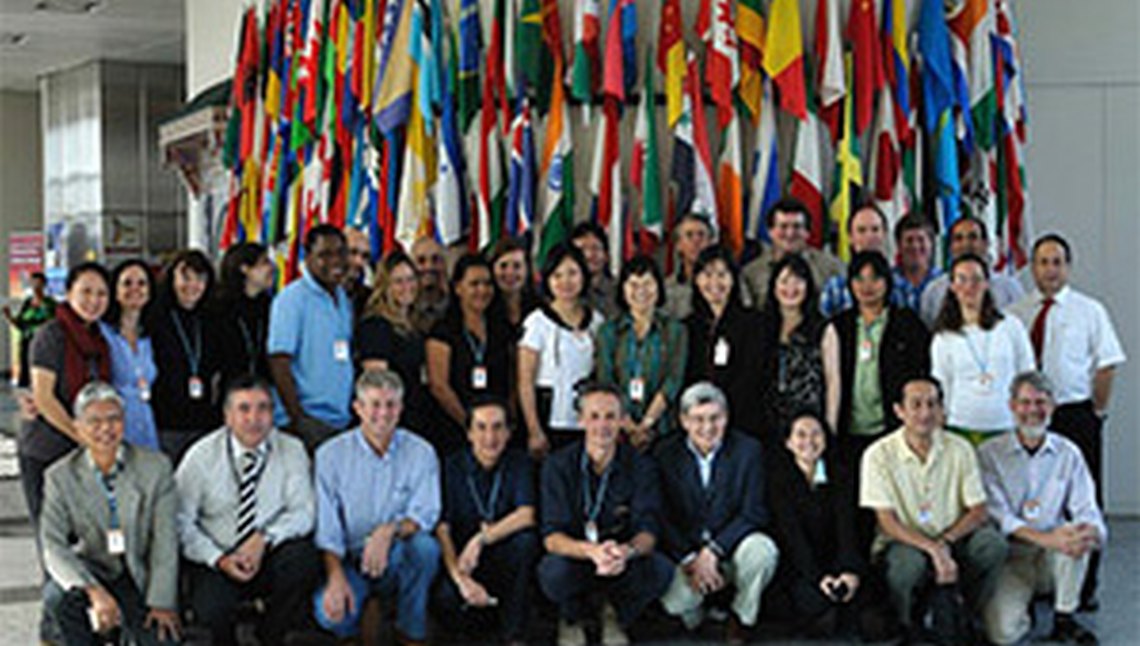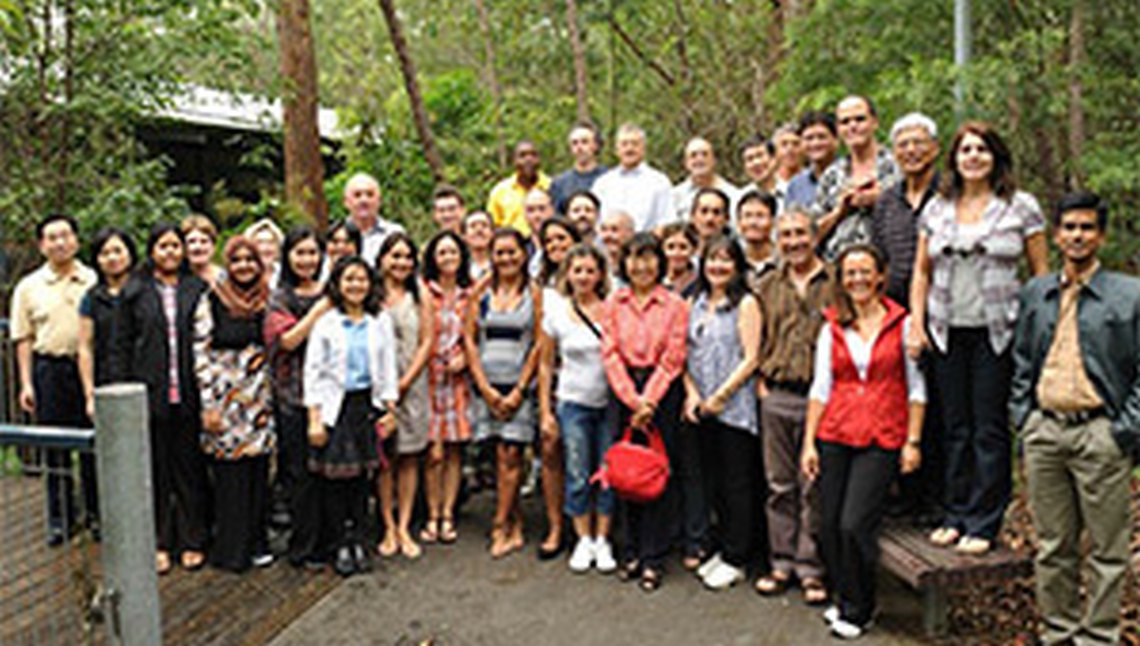Considered among the agricultural pests with the greatest economic impact, the tephritid fruit flies (Diptera: Tephritidae) are a serious worldwide problem. Destroying fruit and vegetable production and markets across all major continents, some key species have raised international attention, leading to six years of coordinated multidisciplinary research that will contribute to overcome phytosanitary trade barriers and apply more sustainable pest management strategies such as the Sterile Insect Technique (SIT).
The collaboration between over fifty researchers from more than twenty countries resulted in twentyfive articles, compiled by editors Drs. Marc De Meyer, Royal Museum for Central Africa, Belgium, Anthony R. Clarke, Queensland University of Technology, Australia, M. Teresa Vera, Facultad de Agronomía y Zootecnia, Universidad Nacional de Tucumán, Argentina, and Jorge Hendrichs, Joint FAO/IAEA Division of Nuclear Techniques in Food and Agriculture, Austria. They have now been published in a special volume of the openaccess journal ZooKeys.
Females from numerous native as well as invasive fruit flies species cause tremendous economic losses by laying their eggs directly into ripening fruit and vegetables, where their larvae feed, destroying the crop itself. Their presence also results in the loss of export markets and expensive quarantine and regulatory controls that further increase the associated costs.

